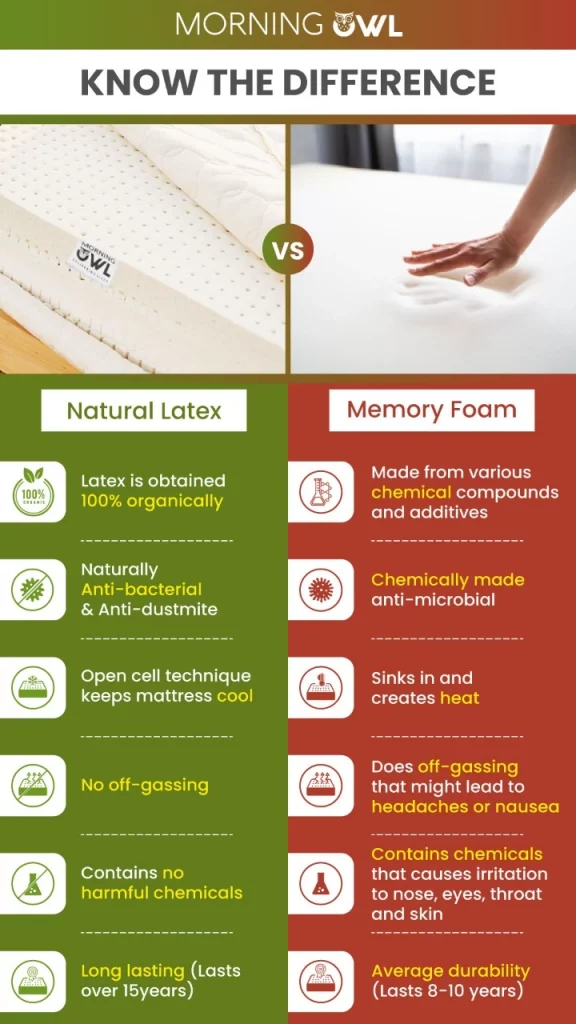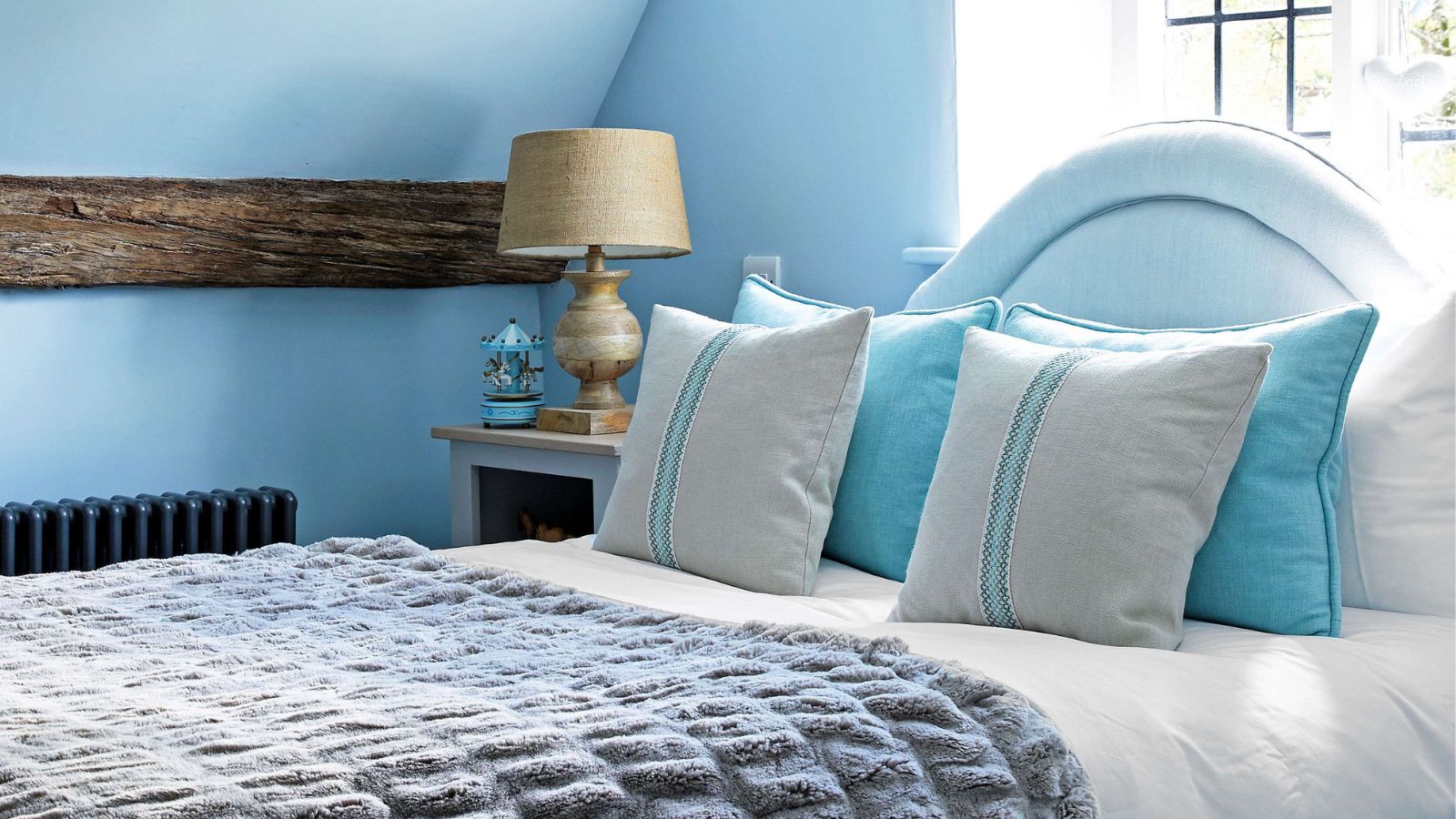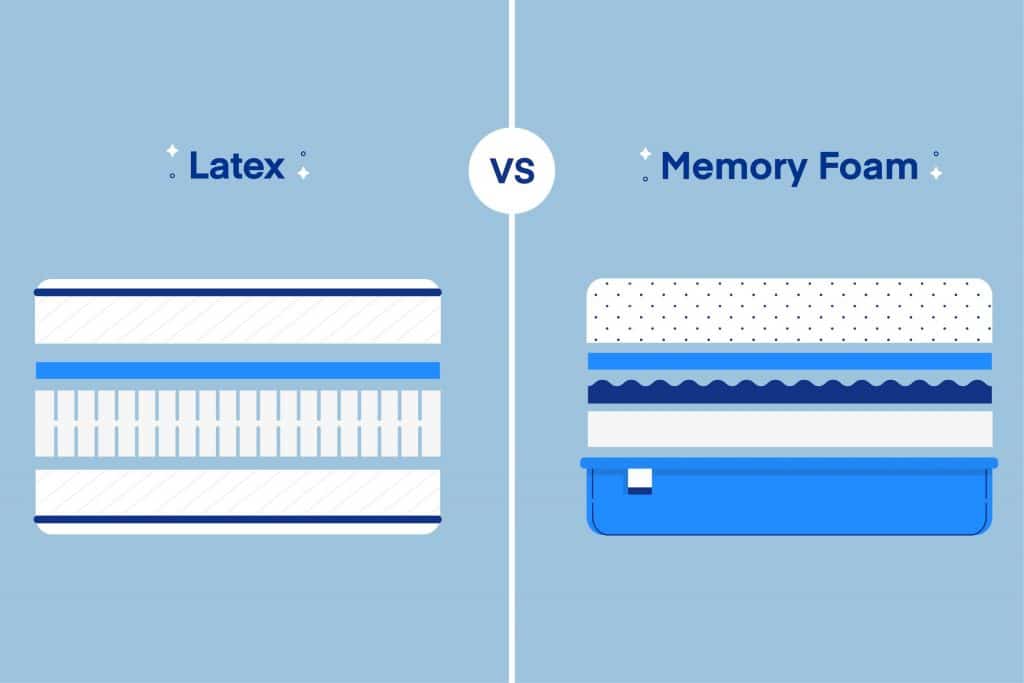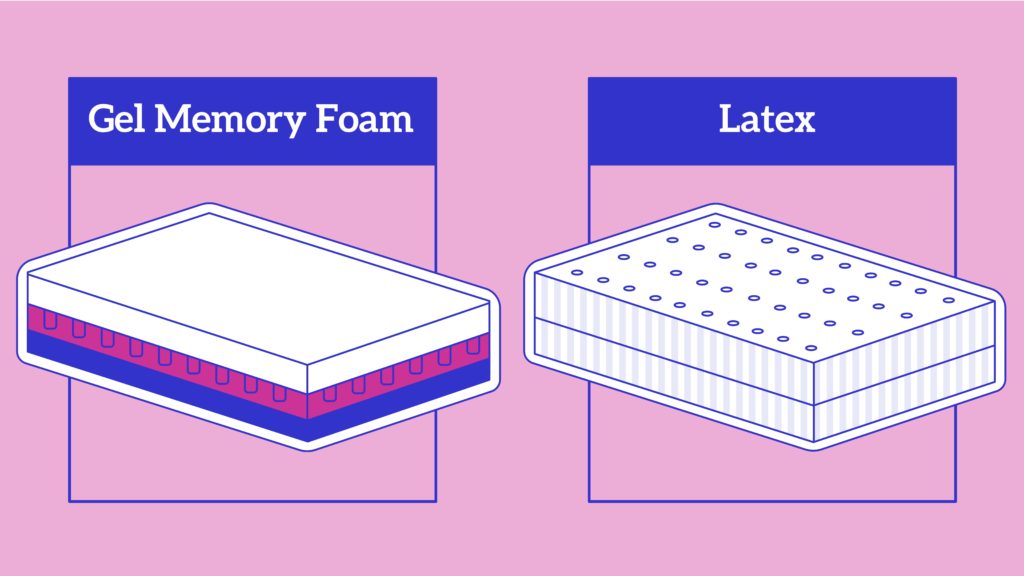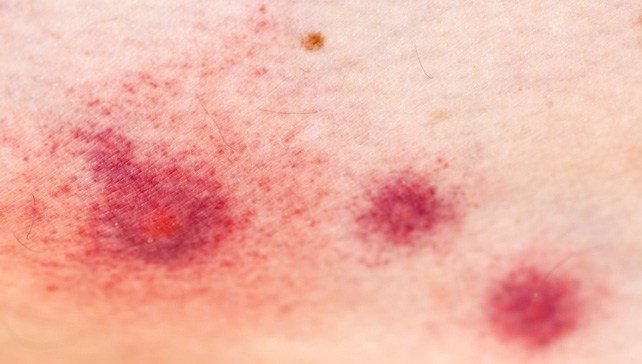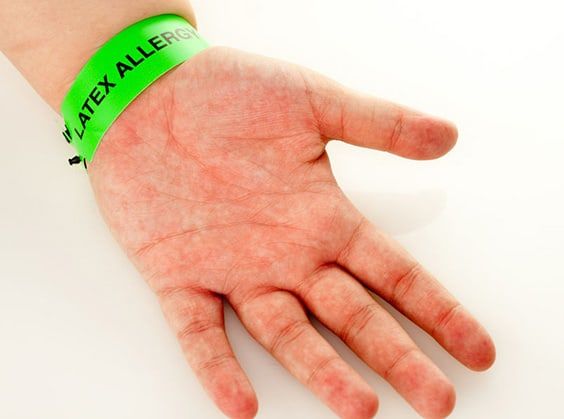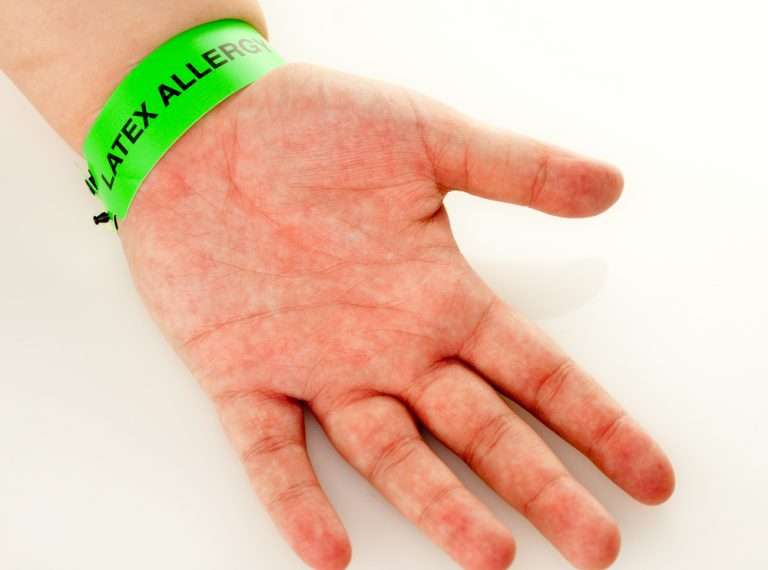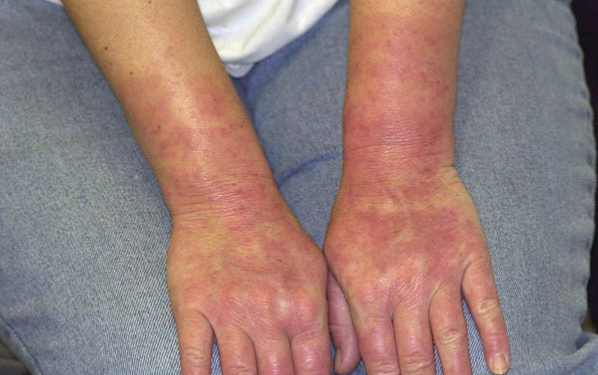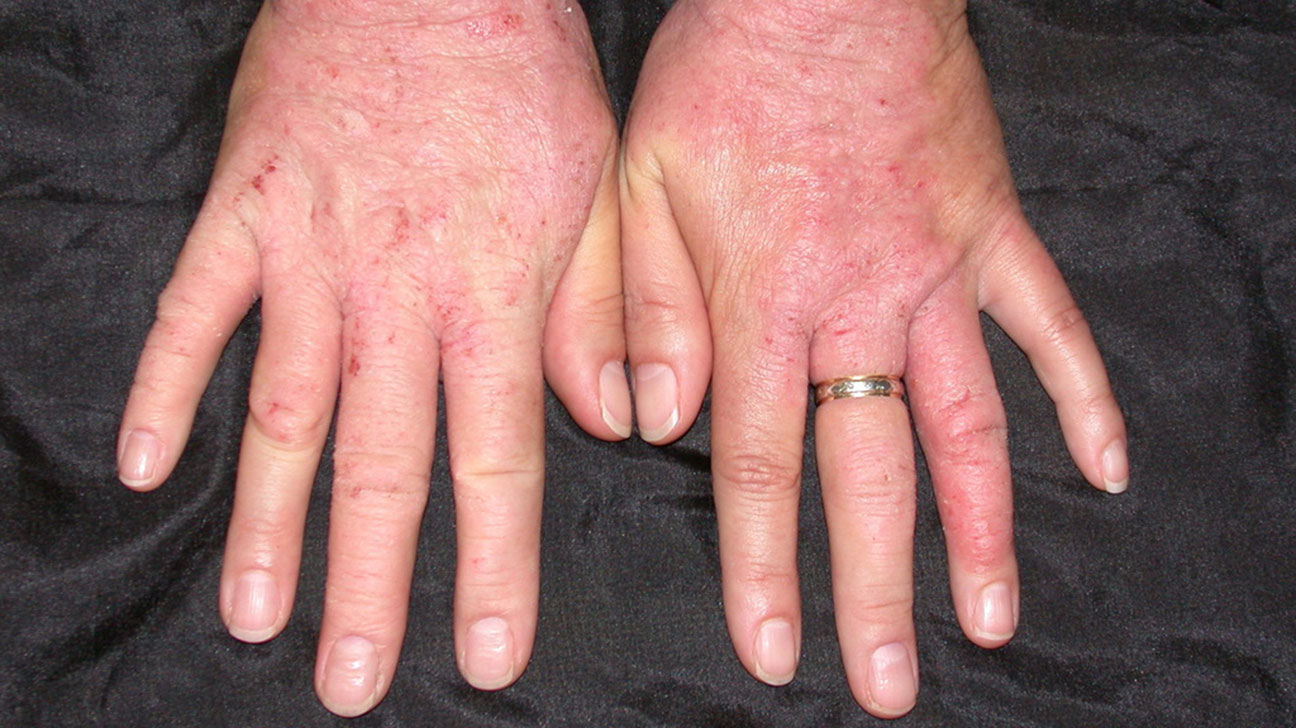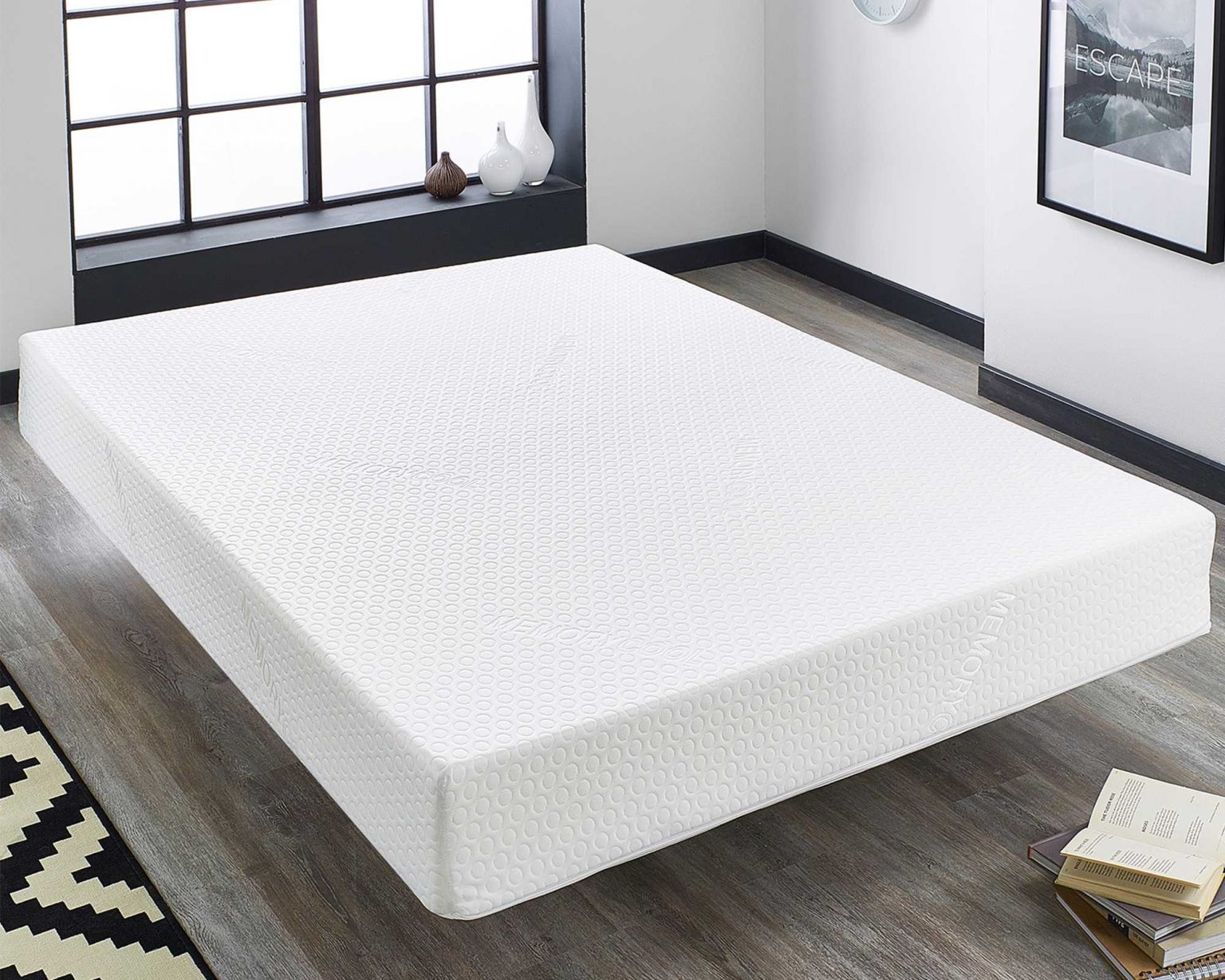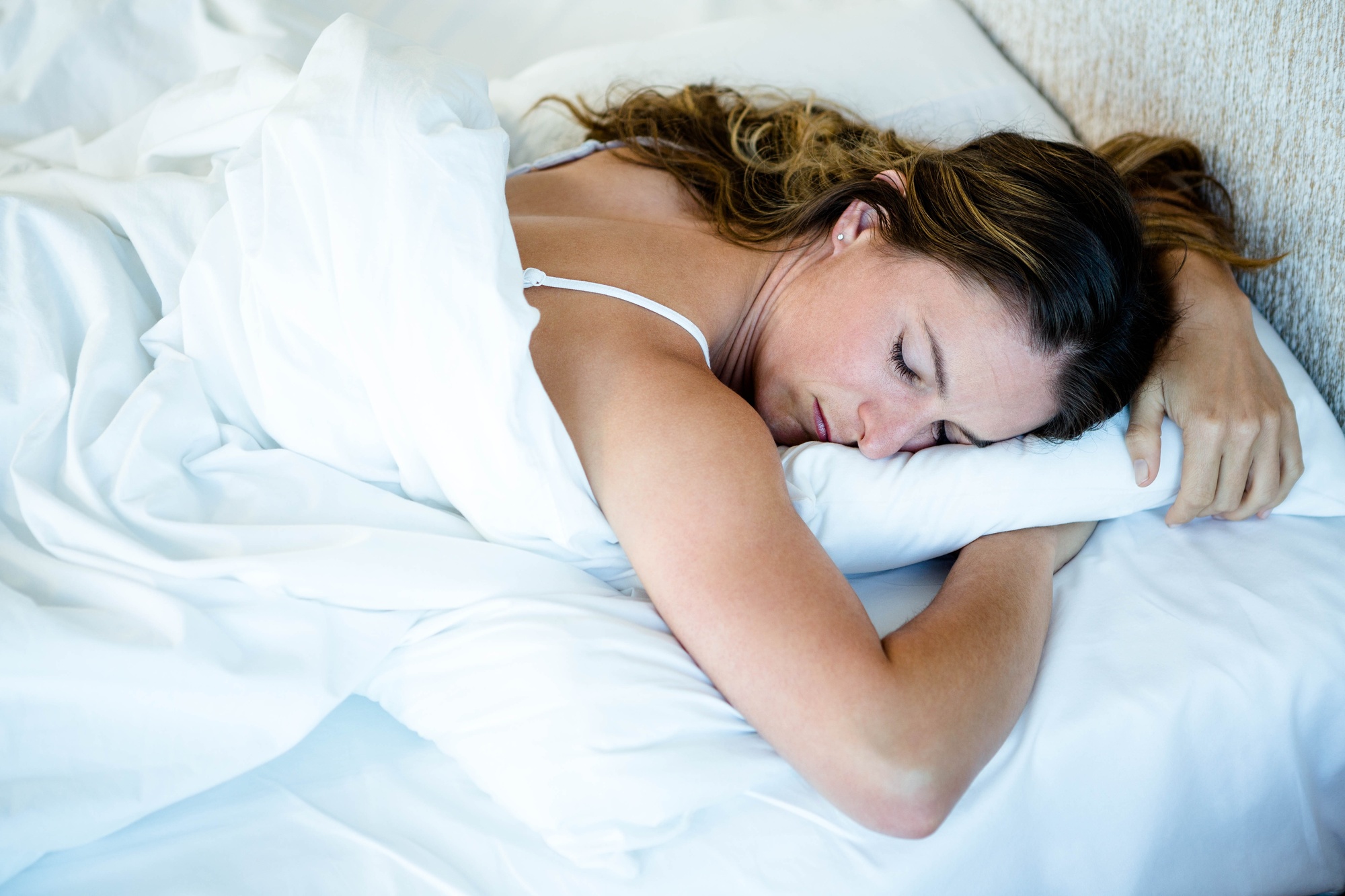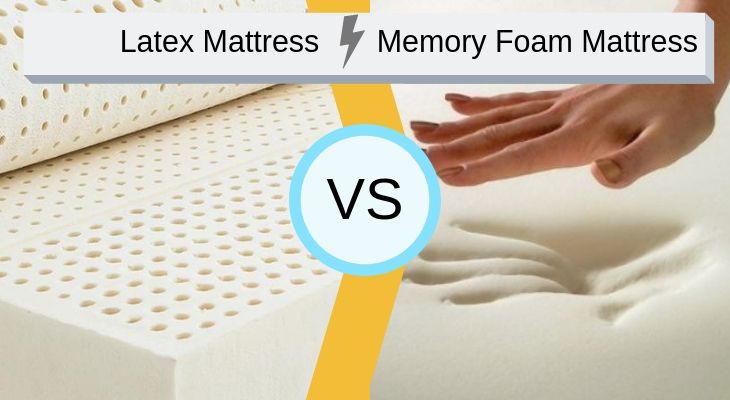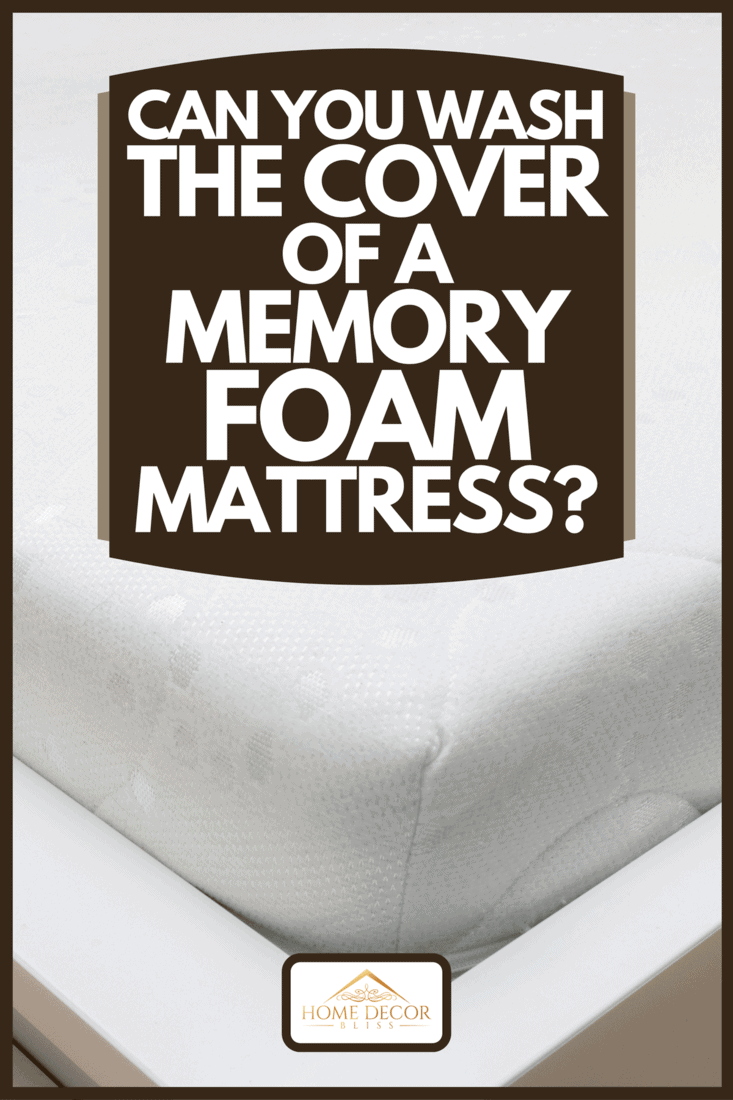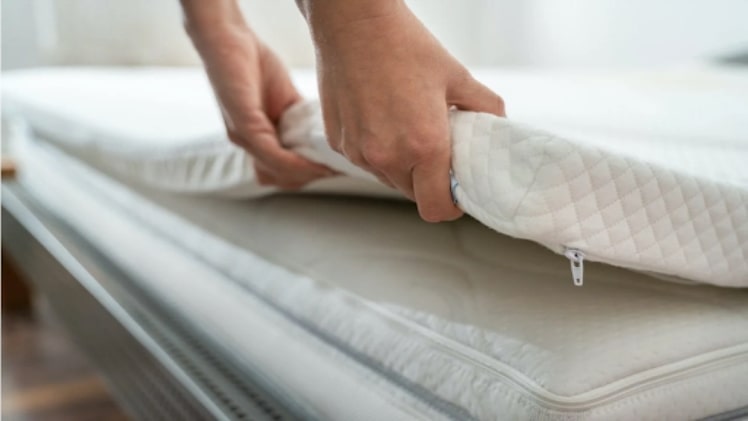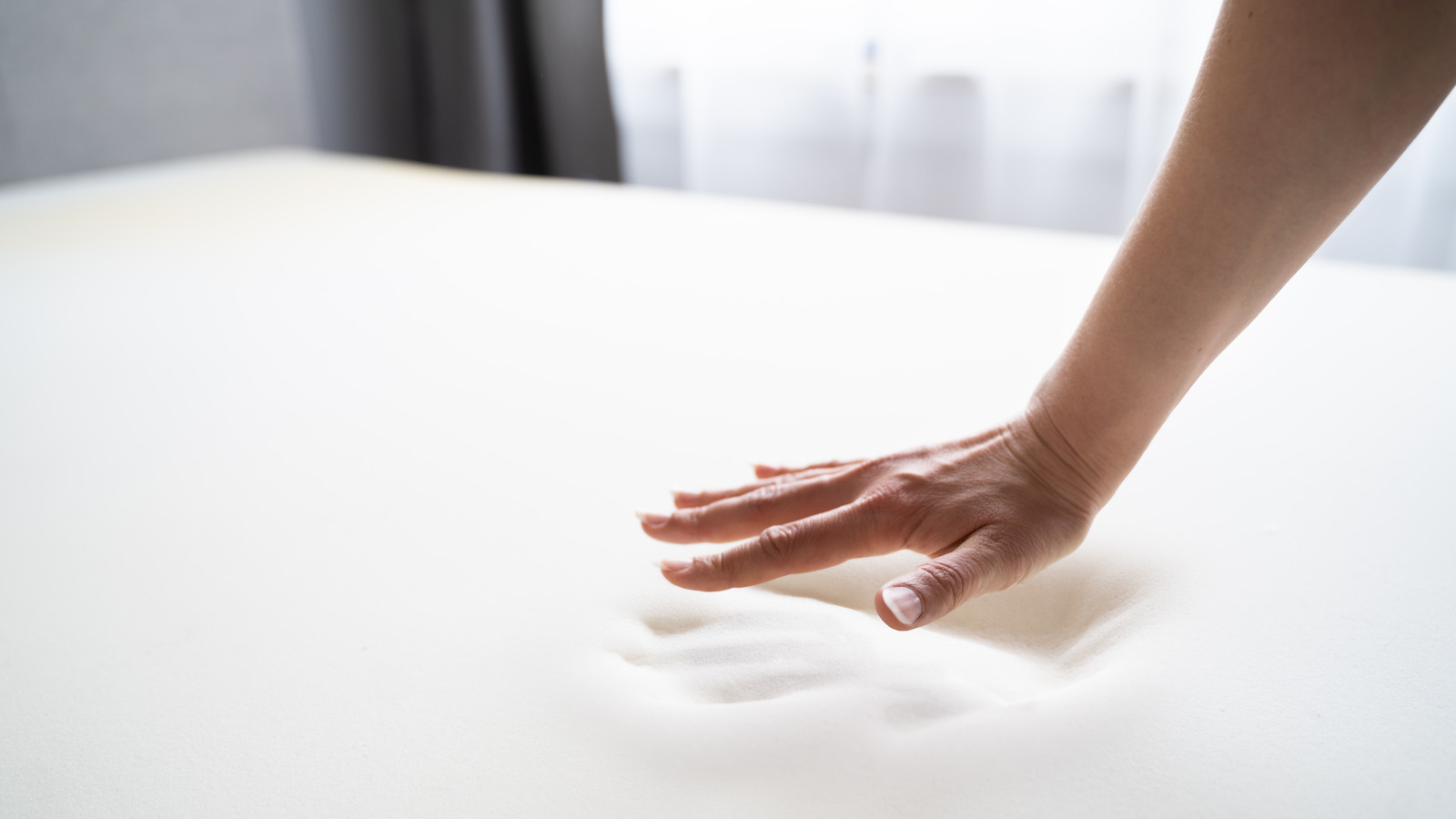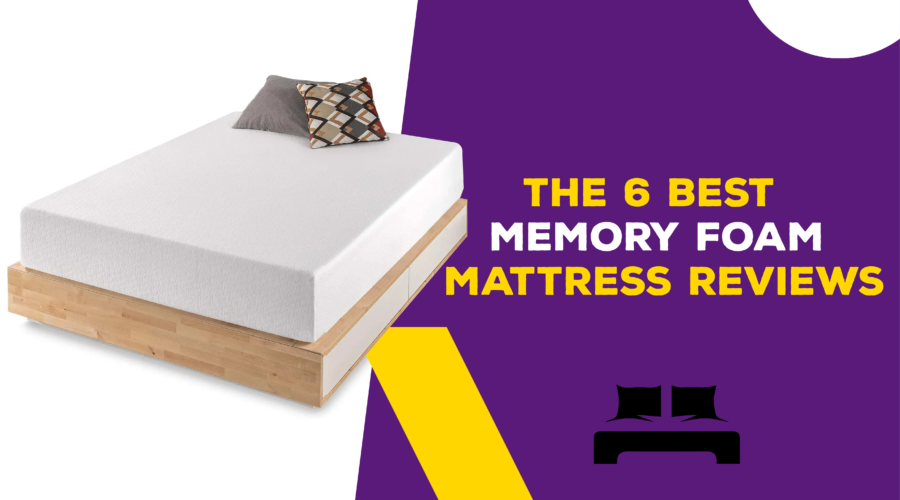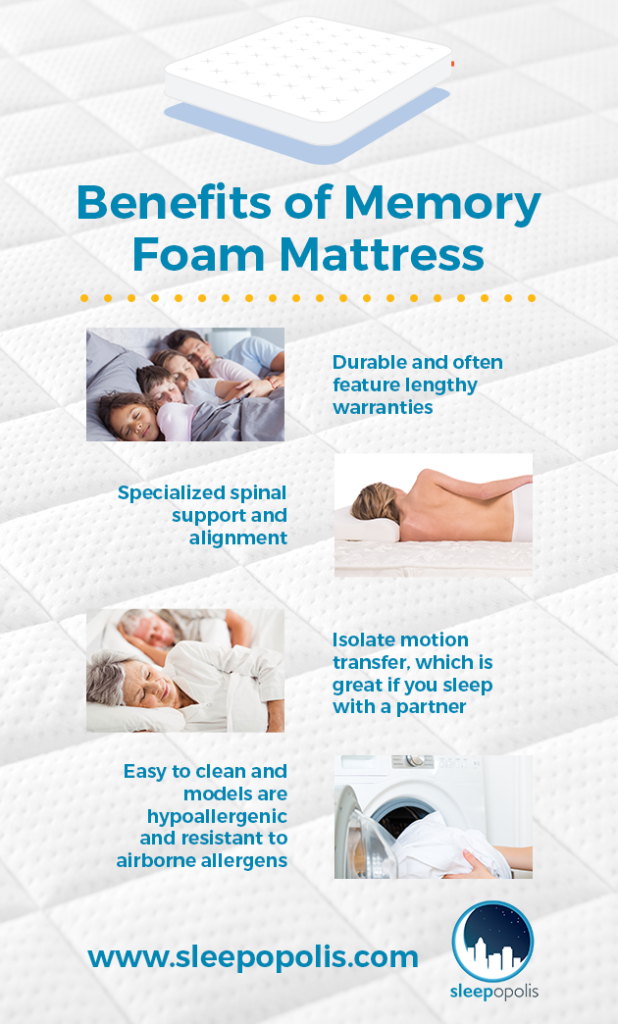If you suffer from latex allergies, you know how difficult it can be to find products that don't trigger your symptoms. One product that has gained popularity in recent years is the memory foam mattress. But if you have a latex allergy, you may be wondering if this type of mattress is a safe option for you. In this article, we will explore the relationship between memory foam mattresses and latex allergies, and provide you with all the information you need to make an informed decision about your next mattress purchase.Memory Foam Mattress and Latex Allergies: What You Need to Know
Before we delve into the specifics of memory foam mattresses and latex allergies, it's important to understand what exactly a latex allergy is. Latex is a natural substance that comes from the rubber tree. When this substance is used in products like mattresses, pillows, and gloves, it can cause an allergic reaction in some people. This reaction is usually triggered by the proteins found in latex. On the other hand, memory foam mattresses are made from a synthetic material called polyurethane foam. This foam is known for its ability to conform to the body, providing support and relieving pressure points. It is also hypoallergenic, making it a popular choice for those with allergies.Understanding Latex Allergies and Memory Foam Mattresses
If you have a latex allergy, there are a few things to keep in mind when choosing a mattress. First, make sure to avoid any mattresses that contain natural latex. Look for mattresses that are labeled as "latex-free" or "hypoallergenic." Additionally, you may want to opt for a mattress that is labeled as "certified allergy-friendly" or "certified asthma-friendly." These labels indicate that the mattress has been tested and proven to be safe for those with allergies. Another important factor to consider is the materials used in the construction of the mattress. Memory foam mattresses are usually made with a combination of polyurethane foam and other materials, such as gel or latex-free foam. Check the label or product description to ensure that the mattress does not contain any natural latex.How to Choose a Mattress for Latex Allergy Sufferers
The symptoms of a latex allergy can range from mild to severe, and can include skin irritation, itching, sneezing, watery eyes, and difficulty breathing. These symptoms can be triggered by exposure to latex, including through contact with latex-containing products like mattresses. While memory foam mattresses do not contain latex, they can still potentially trigger allergy symptoms in some individuals. This is because the foam can trap dust, mites, and other allergens, which can then cause a reaction in those with allergies. To prevent this, it's important to regularly clean and maintain your mattress.Latex Allergy Symptoms and How They Can Be Triggered by Memory Foam Mattresses
The short answer is yes, memory foam mattresses can be a safe option for those with latex allergies. As long as the mattress is labeled as latex-free and does not contain any natural latex, it should not trigger an allergic reaction. However, it's important to note that some individuals may still experience symptoms due to the presence of other allergens in the mattress. Regular cleaning and maintenance can help minimize this risk.Memory Foam Mattresses: A Safe Option for Those with Latex Allergies?
If you are concerned about potential allergens in your memory foam mattress, there are alternatives available. Some manufacturers offer mattresses made with plant-based foam, which can be a good option for those with latex allergies. These mattresses are made from materials like soy, which are less likely to cause a reaction in those with allergies. Another option is to choose a mattress with a removable and washable cover. This will allow you to regularly clean the cover and remove any potential allergens that may have accumulated on the surface of the mattress.Alternatives to Latex in Memory Foam Mattresses
Proper care and maintenance of your memory foam mattress is crucial for preventing allergic reactions. Here are a few tips to keep in mind: 1. Regularly vacuum your mattress: Use a vacuum cleaner with a HEPA filter to remove any dust, mites, or other allergens from your mattress. 2. Air out your mattress: If possible, try to air out your mattress once a week to prevent the buildup of allergens. Simply remove the sheets and allow the mattress to air out for a few hours. 3. Use a mattress protector: A mattress protector can provide an extra layer of protection against allergens. Look for one that is labeled as hypoallergenic or allergy-friendly. 4. Wash your sheets and bedding regularly: Be sure to wash your sheets, pillowcases, and other bedding at least once a week in hot water to kill any potential allergens.How to Care for Your Memory Foam Mattress if You Have a Latex Allergy
In addition to proper care and maintenance of your mattress, there are a few other steps you can take to reduce allergens in your bedroom: 1. Use an air purifier: An air purifier can help filter out allergens in the air, improving the overall air quality in your bedroom. 2. Keep your bedroom clean: Regularly dust and vacuum your bedroom to remove any potential allergens that may have accumulated on surfaces. 3. Avoid using scented products: Scented products, such as candles and air fresheners, can contain chemicals that may trigger allergy symptoms. Opt for unscented or natural alternatives.Tips for Reducing Allergens in Your Bedroom
Despite the potential for allergens, memory foam mattresses can offer many benefits for those with latex allergies. Some of these benefits include: 1. Pressure relief: Memory foam mattresses are known for their ability to conform to the body, providing relief for pressure points and reducing pain. 2. Hypoallergenic: Memory foam mattresses are hypoallergenic, making them a safe option for those with allergies. 3. Motion isolation: If you share a bed with a partner, memory foam mattresses can help reduce motion transfer, allowing for a more restful sleep. 4. Durability: Memory foam mattresses are known for their durability and can last longer than traditional mattresses, making them a good investment.The Benefits of Memory Foam Mattresses for Those with Latex Allergies
When shopping for a memory foam mattress, be sure to read the product description and label carefully to ensure that it is latex-free. You may also want to consider purchasing a mattress with a removable and washable cover for added protection against allergens. Remember to regularly clean and maintain your mattress to prevent the buildup of allergens and keep your sleep environment safe and healthy.Choosing the Right Memory Foam Mattress for Your Latex Allergy Needs
The Rise in Popularity of Memory Foam Mattresses and Concerns Over Latex Allergies

Understanding the Differences between Memory Foam and Latex Mattresses
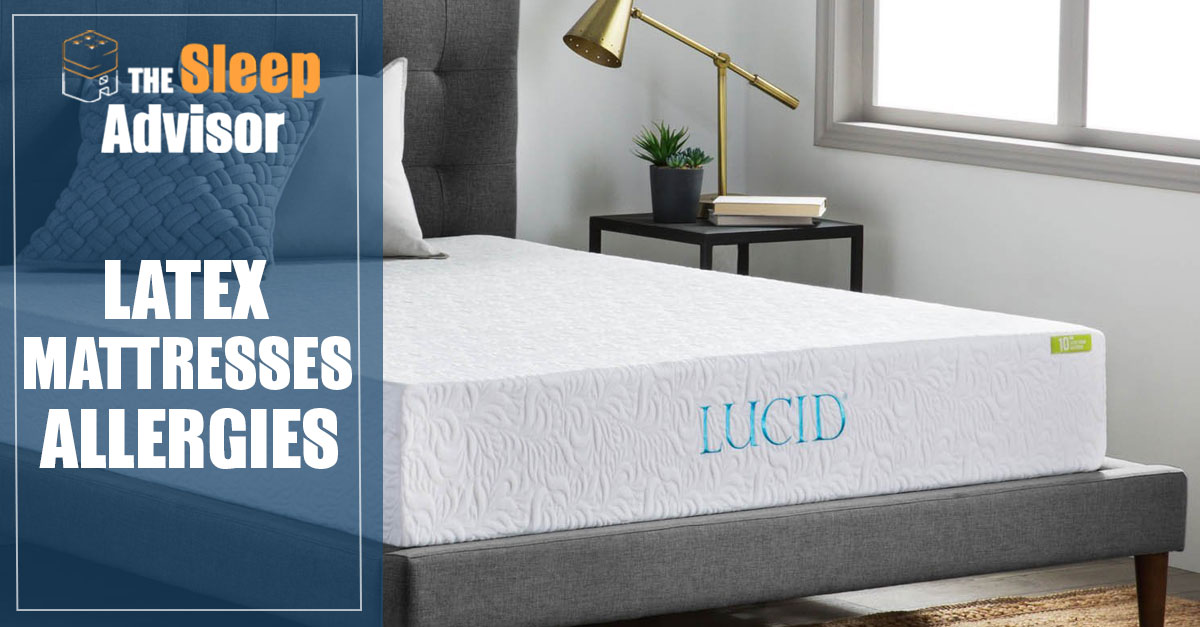 As more and more people prioritize getting a good night's sleep, the market for mattresses has expanded to include a wide variety of options. Two of the most popular choices are
memory foam
and
latex
mattresses. While both are known for their comfort and support, they differ in terms of materials and construction. Memory foam mattresses are made from a viscoelastic material that conforms to the body's shape, while latex mattresses are made from natural or synthetic rubber.
Memory foam
mattresses are known for their pressure-relieving properties, while
latex
mattresses provide a more responsive and bouncy feel. However, as these mattresses gain popularity, concerns over
latex allergies
have also been raised.
As more and more people prioritize getting a good night's sleep, the market for mattresses has expanded to include a wide variety of options. Two of the most popular choices are
memory foam
and
latex
mattresses. While both are known for their comfort and support, they differ in terms of materials and construction. Memory foam mattresses are made from a viscoelastic material that conforms to the body's shape, while latex mattresses are made from natural or synthetic rubber.
Memory foam
mattresses are known for their pressure-relieving properties, while
latex
mattresses provide a more responsive and bouncy feel. However, as these mattresses gain popularity, concerns over
latex allergies
have also been raised.
The Link Between Latex Allergies and Memory Foam Mattresses
 Latex allergies are becoming increasingly common, with symptoms ranging from mild skin irritation to severe respiratory issues. While
latex allergies
are typically associated with latex gloves and other medical equipment, people can also develop an allergy to latex in mattresses. This is because some memory foam mattresses contain small amounts of latex in their materials, which can trigger an allergic reaction in sensitive individuals.
Latex allergies are becoming increasingly common, with symptoms ranging from mild skin irritation to severe respiratory issues. While
latex allergies
are typically associated with latex gloves and other medical equipment, people can also develop an allergy to latex in mattresses. This is because some memory foam mattresses contain small amounts of latex in their materials, which can trigger an allergic reaction in sensitive individuals.
How to Determine if You Have a Latex Allergy and What to Do About It
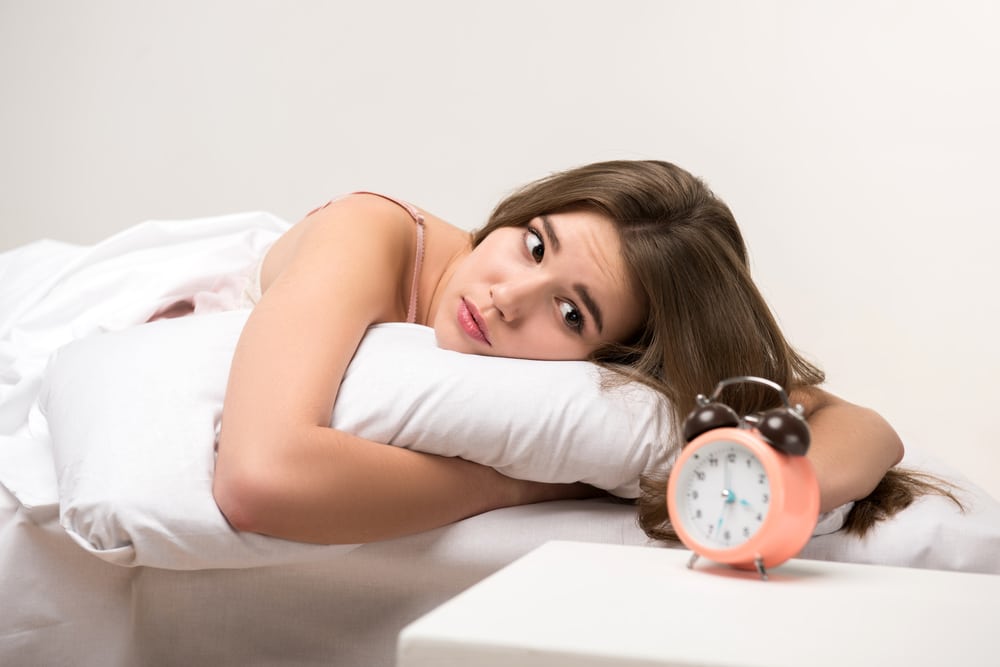 If you suspect that you may have a
latex allergy
, it is essential to consult with a medical professional for proper testing and diagnosis. They can also advise you on the best course of action to manage your symptoms and avoid exposure to latex. If you do have a
latex allergy
, there are steps you can take to minimize your exposure to latex in your mattress. Look for mattresses that are labeled as "latex-free" or "hypoallergenic." You can also opt for a
memory foam
mattress that uses alternative materials, such as plant-based foam or gel-infused foam.
If you suspect that you may have a
latex allergy
, it is essential to consult with a medical professional for proper testing and diagnosis. They can also advise you on the best course of action to manage your symptoms and avoid exposure to latex. If you do have a
latex allergy
, there are steps you can take to minimize your exposure to latex in your mattress. Look for mattresses that are labeled as "latex-free" or "hypoallergenic." You can also opt for a
memory foam
mattress that uses alternative materials, such as plant-based foam or gel-infused foam.
In Conclusion
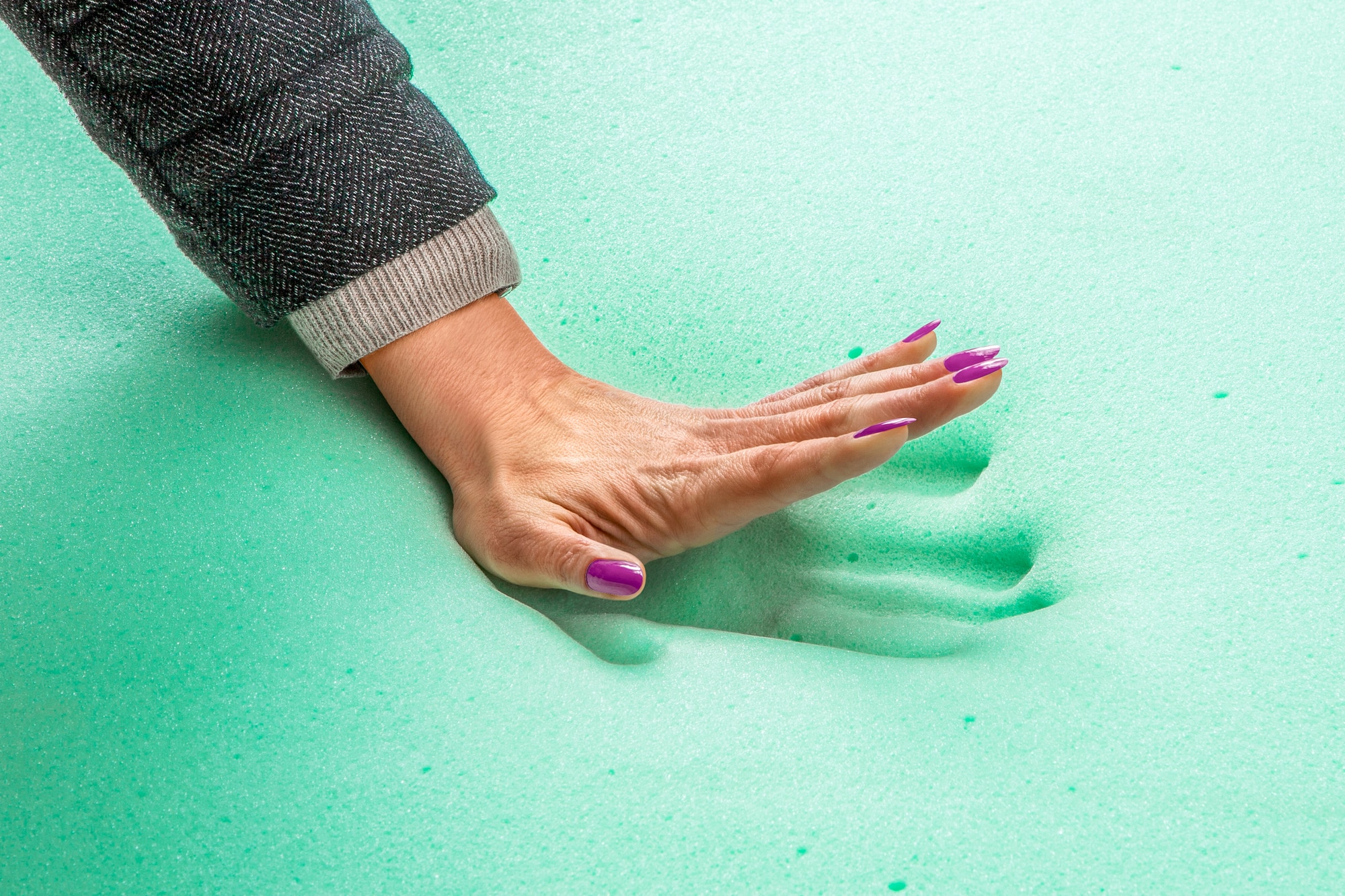 While
memory foam
mattresses offer many benefits, it is essential to be aware of potential
latex allergies
and take necessary precautions. By understanding the differences between memory foam and latex mattresses and knowing how to identify and manage a
latex allergy
, you can make an informed decision on which mattress is right for you. Remember to always consult with a medical professional if you have any concerns about allergies or seek out hypoallergenic options when purchasing a new mattress.
While
memory foam
mattresses offer many benefits, it is essential to be aware of potential
latex allergies
and take necessary precautions. By understanding the differences between memory foam and latex mattresses and knowing how to identify and manage a
latex allergy
, you can make an informed decision on which mattress is right for you. Remember to always consult with a medical professional if you have any concerns about allergies or seek out hypoallergenic options when purchasing a new mattress.
